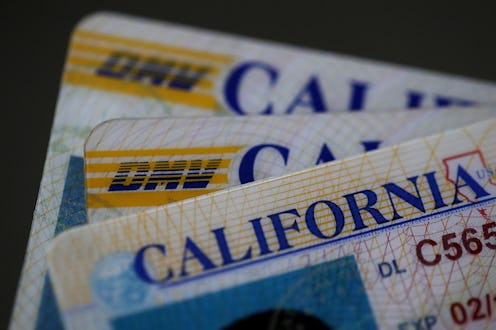News
Why California Could Be Broken Up Into 6 States
How many Californias do we need? According to venture capitalist Tim Draper, six would do quite nicely. This week, Draper received approval from the state's office to collect the signatures — a daunting figure of 807,000 — that he needs for a vote to split California into six states. Draper's argument, which has been shared by different partitionist or secessionist movements throughout California history (there have been 220 such proposals since the days of the gold rush, all unsuccessful) is that the state is too politically diverse and expansive to be counted as one entity.
But while many popular plans have involved cleaving the state in half, north from south, Draper's idea is a touch more intricate and ambitious. Schemes to partition or secede existing states are not unique to California, but under the Draper plan, California would become six individual states. They'd be:
- North California, harboring the current state capitol of Sacramento
- Central California, including central valley cities like Fresno and Bakersfield
- West California, who emerge from the break-up with Los Angeles
- South California, made up of San DIego and Orange County
- Silicon Valley, which would be home to San Francisco
- Jefferson, encompassing Siskiyou County and the far northern CA/OR border
A few thoughts: First of all, "Silicon Valley" is barely acceptable as a mere tech-sector nickname, and to make it the name of one of the United States sounds bizarre and awful. Imagine being asked by somebody from New York what state you're from, and having to answer "Silicon Valley." It simply isn't a state name, much less a better one for that region then, say, the "state" of San Francisco would be.
More importantly, the idea carries some political ramifications, positive and negative, for each major party. Conservatives within California often bemoan that the enormous size of the state, with its liberal metropolitan centers, allows Democratic candidates to dominate statewide and national elections. This plan would surely change that, as Central California, South California, and Jefferson could become bastions of elected conservatism.
And beyond the left/right perspective, there's a case to be made that California's always gotten the high-hat in its federal representation. Think of it this way: California has over 38 million residents, highest in the nation. Wyoming has a shade over 500,000. This difference is taken into account in the number of House seats each state gets, as that is the representative wing of the legislature. But the Senate is non-representative by design, meaning those 38 million get just as many Senators as do Wyoming, Vermont, the Dakotas — any sub-million population state you like.
If this plan went through, what was once California would suddenly have twelve Senators. Of greater political diversity than we have now, certainly, but also more fair to the enormous population and economy of the state.
But we shouldn't get ahead of ourselves Photoshopping new state flags. The odds of this happening are still extremely remote. After collecting the hundreds of thousands of signatures, Draper's plan would have to pass a statewide vote, then pass through the U.S. Congress. Which is, by the by, a Congress so intractable and phobic towards drastic change that opting to cut the world's 12th-largest economy into six pieces seems unlikely, to say the least.
But the plan is moving forward, for the time being, and it is pretty fun to think about. Some people have been championing this sort of cause for years, and the proposed far-north state of Jefferson is a prime example of that — people have been kicking that idea around for a solid 70 years.
